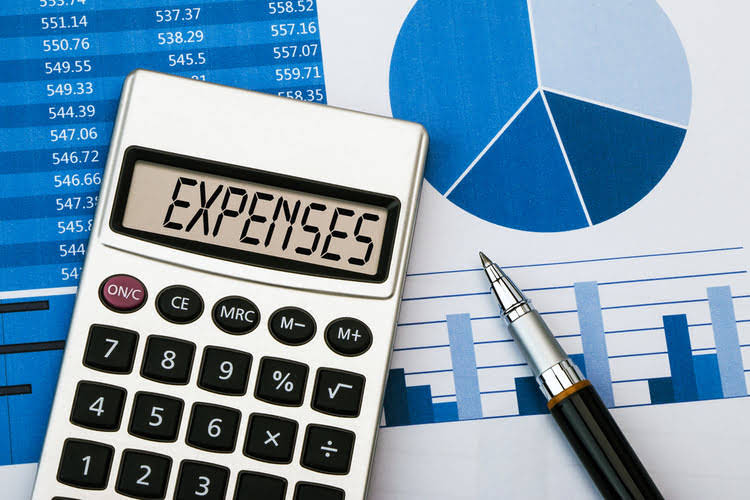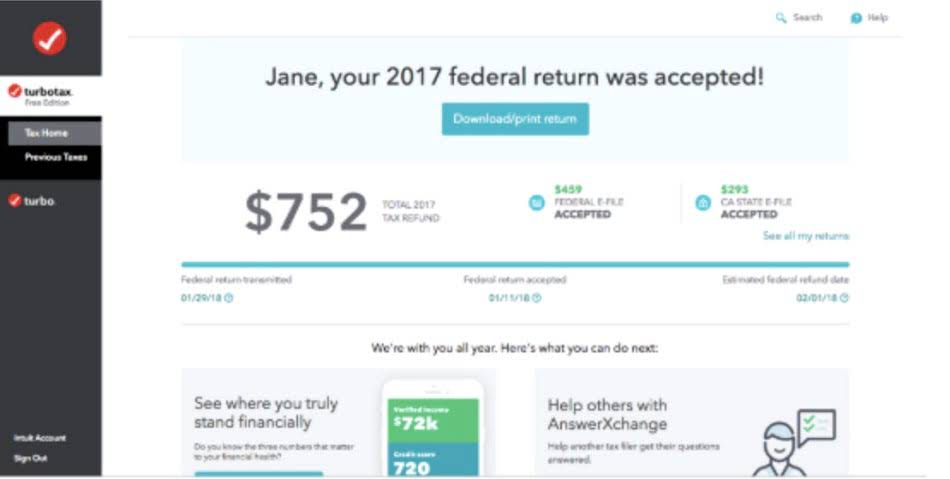5 Cheapest General Liability Insurance for Small Business 2024

In short, there is a diversity of treatment for the debit side of liability accounting. The ordering system is based on how close the payment date is, so a liability with a near-term maturity date will be listed higher up in the section (and vice versa). The liabilities undertaken by the company should theoretically be offset by the value creation from the utilization of the purchased assets. Adam Hayes, Ph.D., CFA, is a financial writer with 15+ years Wall Street experience as a derivatives trader. Besides his extensive derivative trading expertise, Adam is an expert in economics and behavioral finance. Adam received his master’s in economics from The New School for Social Research and his Ph.D. from the University of Wisconsin-Madison in sociology.

Where are Liabilities recorded on a balance sheet?

In summary, other liabilities in accounting consist of obligations arising from leases and contingent liabilities, such as lease payments, warranty liabilities, and lawsuit liabilities. Proper recognition and classification of these liabilities are essential for providing accurate and clear financial information to stakeholders. There are also cases where there is a possibility that a business may have a liability. You should whats a liability account record a contingent liability if it is probable that a loss will occur, and you can reasonably estimate the amount of the loss. If a contingent liability is only possible, or if the amount cannot be estimated, then it is (at most) only noted in the disclosures that accompany the financial statements. Examples of contingent liabilities are the outcome of a lawsuit, a government investigation, or the threat of expropriation.
Part 2: Your Current Nest Egg
- There have also been attempts to accomplish it through the courts, with one notable victory in the European Court of Human Rights.
- Current liabilities are typically more immediate concerns for a company, as they are short-term financial obligations that require quick action.
- Additionally, freedom of speech advocates will take issue with the concept of misinformation.
- Listed in the table below are examples of current liabilities on the balance sheet.
- It is essential for businesses to effectively manage their liabilities and maintain a healthy balance between debt and equity.
- Liability accounts are crucial in understanding a company’s financial health, mapping out obligations like accounts payable, long-term debts, and accrued expenses.
While the Tax Withholding Estimator works for most taxpayers, people with more complex tax situations should instead use the instructions in Publication 505, Tax Withholding and Estimated Tax. This includes taxpayers who owe Alternative Minimum Tax or certain other taxes, and people with long-term capital gains or qualified dividends. Taxpayers pay tax as they earn wages or receive income during the year. For many, taxes are withheld from their paycheck by their employer and then given over to the IRS on their behalf. Others, such as gig economy workers, make or should make quarterly estimated tax payments throughout the year to stay current.
Pay your team
In most cases, lenders and investors will use this ratio to compare your company to another company. A lower debt to capital ratio usually means that a company is a safer investment, whereas a higher ratio means it’s a riskier bet. Generally speaking, the lower the debt ratio for your business, the less leveraged it is and the more capable it is of paying off its debts.
- These accounts are essential in tracking and managing debts and obligations arising from past business transactions.
- This will help ensure they’re accurately accounted for, particularly if the fee is separated or combined with the total.
- A company’s net worth, also known as shareholders’ equity or owner’s equity, is calculated by subtracting its total liabilities from its total assets.
- Financial statements, such as the balance sheet, represent a snapshot of a company’s assets, liabilities, and equity at a specific point in time.
It’s important to keep a close eye on your current liabilities to help make sure that you have enough liquidity from your current assets. This is to help guarantee that any debts or obligations your business has can get met. Current liabilities are obligations that a company needs to settle within a year, whereas long-term liabilities extend beyond a year. Current liabilities are typically more immediate concerns https://www.bookstime.com/articles/bookkeeping-and-payroll-services for a company, as they are short-term financial obligations that require quick action. Long-term liabilities, on the other hand, can be seen as future expenses and are often addressed through structured repayment plans or long-term financing strategies. These are the periodic payments made by a lessee (the business) to a lessor (property owner) for the right to use an asset, such as property, plant or equipment.
What is your current financial priority?

